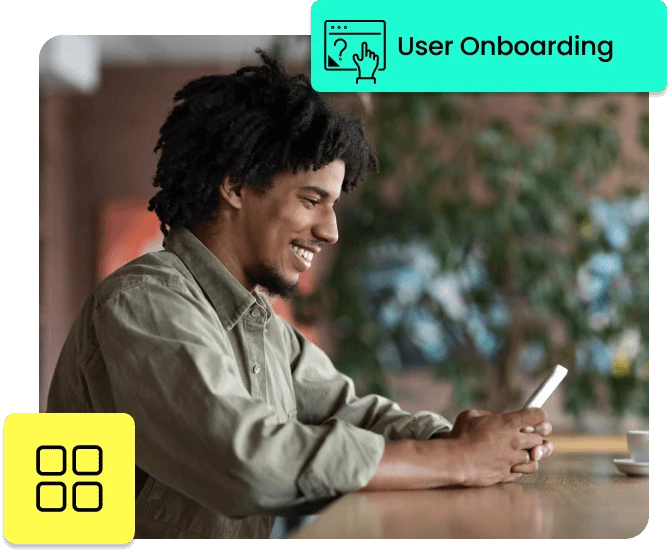User Onboarding

What Is User Onboarding?
User onboarding occurs early on in the user journey, defining how a user perceives and interacts with a product. It typically involves orientation, training, and acclimation. These days, the term is often used in the context of digital products, which usually require some form of user onboarding. Each software application varies in complexity and scope, so each onboarding process will be different. B2B SaaS platforms that cater to enterprise clients, for instance, will have a different onboarding process than a B2C web app. It can involve steps such as:
- Signing up for a service and logging in
- Software training via context-based, in-app tutorials
- Correspondence with app staff
- Tech support
Effective onboarding should:
- Make users feel welcome and comfortable using the product
- Train them on how to use it
- Enable users to obtain value from the product
- Increase retention and reduce the learning curve
The onboarding stage of the user journey is vital for any company, because it can define a customer’s relationship with company. It can also have an impact on the bottom line, via user retention rates and user satisfaction rates. Today, users command a great deal of power in their interaction with a business — dissatisfied users can easily leave for competitors, after all. Every business should prioritize their onboarding process, which has a significant impact on the user’s overall experience.